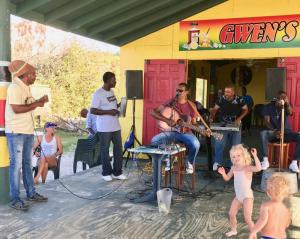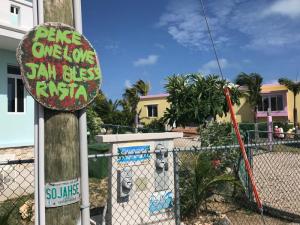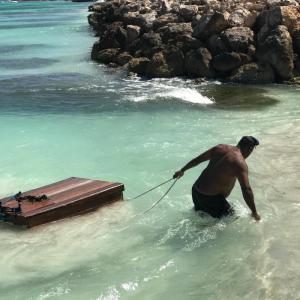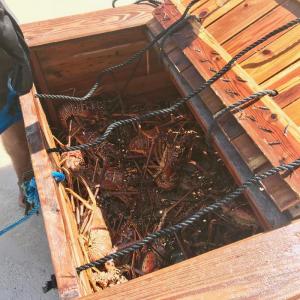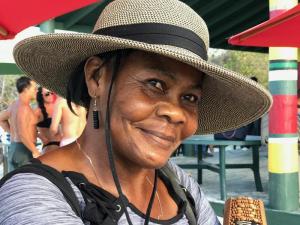Anguilla: an island climbing back slowly from Irma

Here along the Delaware coast we know the importance of tourism to our economy. If, at the height of our summer season, we were down 70 percent, we would be in a world of hurt.
That's what we encountered on a recent trip to Anguilla. A small British island protectorate in the Caribbean - 16 miles by four or five miles at its widest - Anguilla lies southeast of Puerto Rico, and a 30-minute ferry ride from the French and Dutch island of St. Martin.
Its status as a leeward island in the West Indies means that the predominant winds blowing out of the east make Anguilla a good target for hurricanes crossing the Atlantic from the Sahara.
None, however, has ever been as potent as Hurricane Irma and her 200-mile-per-hour winds that raked Anguilla - and many other Caribbean islands - last September.
Sitting in a small coffee shop in the island's main commercial area known as The Valley, a young high school literature teacher named Vanessa stirred her java as she spoke about the storm. "We've had more parents coming to parent-teacher conferences this year than ever before," she said. "That's great, but it's because so many of them aren't working. The big resorts are closed due to damage, the tourists aren't here because the resorts are closed, the restaurants are suffering, the employers can't pay people. It's bad."
Like many of the Anguillans we spoke with, Vanessa said Irma was scary and the aftermath numbing. "I love it here, but I don't think I could take another category-five storm. Too stressful."
We were told many people on the island are suffering from a form of post traumatic stress disorder. Surviving 200-mile-an-hour winds will do that. Another storm of that caliber, she said, would probably drive her back to California where she moved from 20 years ago with her mother, a native Anguillan.
While the terrifying winds leveled every one of the thousands of power poles on the island, destroyed houses, ripped roofs from churches and many other structures, and wiped away many beachside restaurants, five months later we found a resilient island community slowly returning to its previous vibrancy. The people spoke glowingly of crews of linemen who flew down from Canada, and other places, to help erect new poles, hang new wires and restore the diesel-generated-power infrastructure.
Some of the closed resorts are starting to advertise their reopenings, hoping to salvage whatever they can from what Vanessa called the festive season that usually starts after Thanksgiving and continues through March. There is still plenty of evidence of the storm, but the people have maintained their faith - bolstered by the island's 35 church communities. The equal number of beaches, bright sun and warm water are doing their job of attracting people from the U.S. and Canada looking for a winter escape.
Many people we met on Anguilla, like our hosts John and Julia, have been going to Anguilla for 20 or 30 years or more. I asked one man from the states who has been going for 20 years why he keeps coming back.
"There's very little crime, the people speak English, and there's nothing to do."
That nothing to do, of course, includes plenty of rum punches served at beach shacks along with chicken, ribs, lobster and fresh fish served on styrofoam plates, plus white tablecloth restaurants with extensive menus and wine lists, and everything in between. Mix in daytime jams on weekends from reggae bands, lots of great natural, residential, and historical walks, and it all works out to be contentedly tolerable.
It's understandable why people return to Anguilla year after year. It's also understandable why people like Vanessa hope and pray that hurricanes like Irma won't do the same.
Editor’s Note: A correction has been made to note that Anguilla is in the West Indies’ leeward islands.














